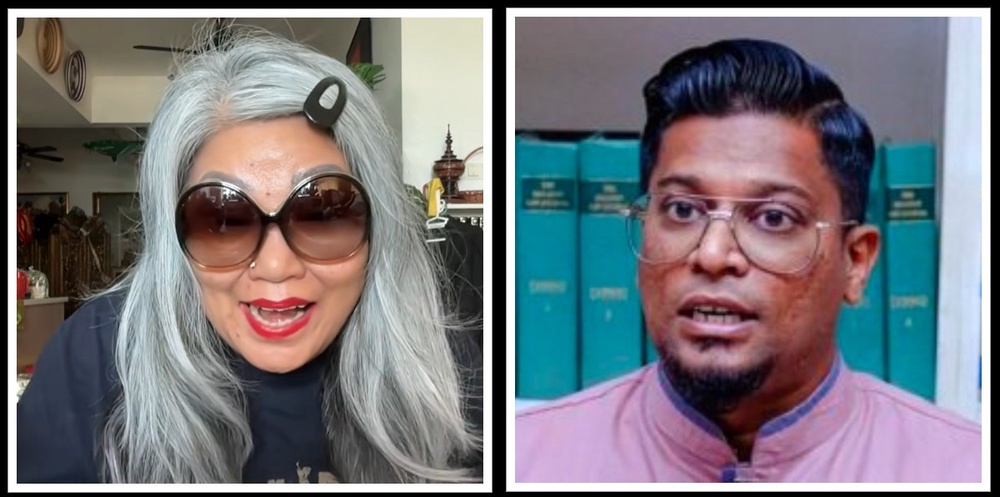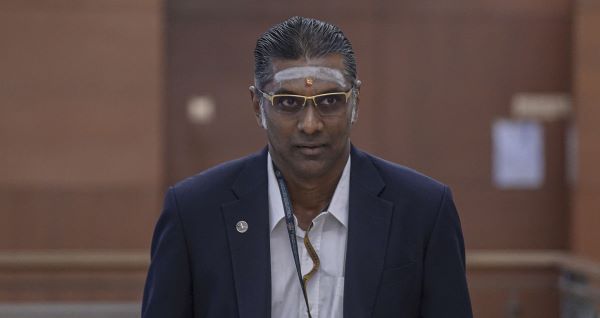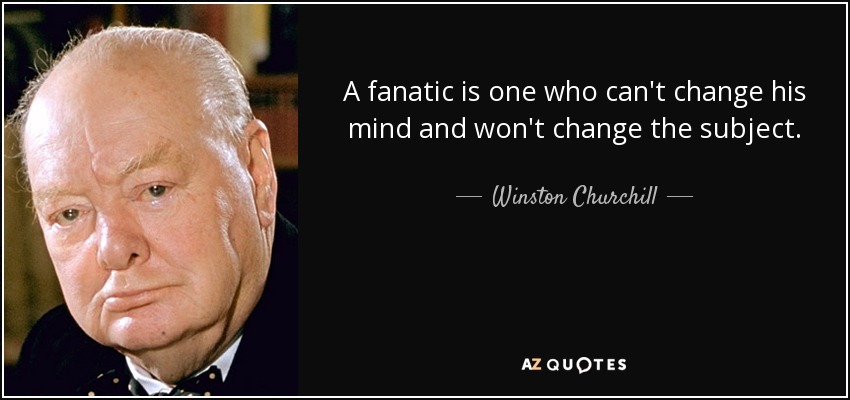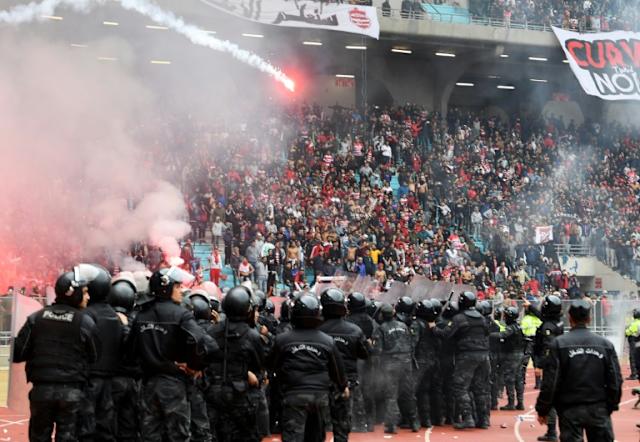
Convert Wars - A symptom or the cause of increased racial and religious tension in the country
28 Mar 2025 • 5:00 PM MYT

TheRealNehruism
Writer. Seeker. Teacher

Image credit: Focus Malaysia / MyKMUnet
If non-Muslims want to know why converts like Zamri Vinoth or Ridhuan Tee or Firdaus Wong are so popular amongst the Muslims, what they should probably should do is ask themselves why is it that people like Siti Kasim are so popular amongst the non-Muslims.
For whatever reason that non-Muslims are seeing what someone like Siti Kasim is doing as admirable , right and true, is the same reason why the Muslims might likely also be finding the action and expressions of converts like Zamri Vinoth or Ridhuan Tee or Firdaus Wong to be admirable, right and true.
Siti Kasim might not technically be a convert to the non-Muslim side – there is no legal provision for a Muslim to convert into becoming a non-Muslim afterall – but like the 6 Bersatu MPs who declared support for Anwar and the unity government, while technically still belonging to Bersatu, Siti Kasim also perhaps be considered as somewhat of a pseudo-convert, that supports the non-Muslim and secular cause, while still belonging to the Muslim side.
Converts, as a rule, have a tendency of taking extreme positions for the identity that they have converted into and against the identity that they have converted out of.
Non-converts, on the other hand, tend to be moderates, or people who have a spread of identities that they identify with.
Take me for example – I might be an Indian, but I also have other identities, like that of a writer, a member of the working class, a lover of philosophy, a friend and even a former engineer, that is not necessarily tied to my identity as an Indian.
Because I identify with a spread of identities, I tend to not focus my effort, energy, attention and resources only for the sake of one of my identities, like that of being an Indian.
I might be an Indian, but I don’t wear it on my sleeve or thump my chest about it. If you interact with me, you might know that I am an Indian, but you will also likely be aware that being an Indian is not my only, primary or fundamental identity. Being Indian is not what occupies most of my attention, resources or time. I don’t mind putting a vibhuti on my forehead, as Jelutong MP RSN Rayer is famous for doing, or don a jippa or even a veshti on occasion, but I generally don’t wear these identity markers of being an Indian, unless it is for some particularly Indian occasion, like when I am in a temple or events related to religion.

RSN Rayer wearing visible and prominent stretch of Vibhuti on his forehead ( Image credit: Utusan)
When I engage with people who are not Indians, I rarely engage with them on the basis of being an Indian. Instead, the likelihood is that I will be engaged with them on the basis of some other identity that we share in common – like that of being a writer or a lover of philosophy or a fan of rock music.
If I engage with another person on the basis of being an Indian, it will mostly be with another person who also identifies as being Indian, and even with my fellow Indians, I tend not to engage too deeply with them on the basis of being an Indian.
One of the main differences between a moderate and a True Believer tends to be in terms of how spread across their identities are and how intensely they experience their identities.
A moderate, as mentioned above, tends to use a spread of identities to formulate their concept of self, and they tend to experience each of their identities in a light or moderate manner.
A fanatic or a True Believer on the other hand, tends to concentrate their sense of self on often just one identity, and they tend to experience this identity in a very intense manner, to the point that they can often be faulted for being imposing or aggressive in regards to how they experience their identity.
When I engage with people who are not Indians, I rarely engage with them on the basis of being an Indian. Instead, the likelihood is that I will be engaged with them on the basis of some other identity that we share in common – like that of being a writer or a lover of philosophy or a fan of rock music.
If I engage with another person on the basis of being an Indian, it will mostly be with another person who also identifies as being Indian, and even with my fellow Indians, I tend not to engage too deeply with them on the basis of being an Indian.
One of the main differences between a moderate and a True Believer tends to be in terms of how spread across their identities are and how intensely they experience their identities.
A moderate, as mentioned above, tends to use a spread of identities to formulate their concept of self, and they tend to experience each of their identities in a light or moderate manner.
A fanatic or a True Believer on the other hand, tends to concentrate their sense of self on often just one identity, and they tend to experience this identity in a very intense manner, to the point that they can often be faulted for being imposing or aggressive in regards to how they experience their identity.

Image credit: A-Z quotes
If you are a moderate Indian, for example, you might not always or visibly wear your Indian identity, and even if you do wear it, you will likely wear it lightly, in the sense that being Indian might not be the first, the only or the most prominent aspect of you that others will recognise about you.
If you are a fanatical Indian on the other hand, your Indian-ness will likely be the most dominant aspect of your self. You yourself will be strongly projecting it strongly and everybody else will also not fail to realise that to treat you as an Indian is likely the most important arbiter of their interaction with you.
In other words, if you are a moderate Indian, your Indian-ness will probably only be noticeable about you during certain times, like on the day of Thaipusam or Deepavali. Otherwise, people might just see you as a doctor or a Liverpool fan or millionaire etc.
If you are a fanatical Indian on the other hand, your Indian-ness will be strikingly observable about you, not only during Thaipusam and Deepavali, but on every Monday, Tuesday, Wednesday, Thursday, Friday, Saturday and Sunday as well. Your Indian-ness will also likely be the one thing that will be prominently noticeable about you. When you interact with others, you will interact with them on the basis of your Indian-ness, and if others don’t interact with you on the basis of your Indian-ness, there is no basis for them to interact with you.
This description of a true believer and a moderate of an identity group, is true not only of Indians, but for any identity groups.
As a rule, True Believers or fanatics tend to form the inner core of an identity group, meaning that they tend to only interact with the members of their own identity group, and not interact with members of other identity groups.
Even if they do interact with the members of other identity groups, it tends to be with the more moderate section of the other identity groups, not their true believers.
As long as a true believer of an identity group mostly interacts with the members of their own identity group or with the moderates of other identity groups, the relationship between the identity groups tends to be cordial and friendly.
When the true believers of one identity group are found to be interacting with the true believer of another identity group however, expect sparks to fly.
You can see this happening even in a football game – when the fanatics of one football team come close with the fanatics of another football team, as they do during certain football matches, riot police might have to be on standby to keep the peace.
If you are a moderate Indian, for example, you might not always or visibly wear your Indian identity, and even if you do wear it, you will likely wear it lightly, in the sense that being Indian might not be the first, the only or the most prominent aspect of you that others will recognise about you.
If you are a fanatical Indian on the other hand, your Indian-ness will likely be the most dominant aspect of your self. You yourself will be strongly projecting it strongly and everybody else will also not fail to realise that to treat you as an Indian is likely the most important arbiter of their interaction with you.
In other words, if you are a moderate Indian, your Indian-ness will probably only be noticeable about you during certain times, like on the day of Thaipusam or Deepavali. Otherwise, people might just see you as a doctor or a Liverpool fan or millionaire etc.
If you are a fanatical Indian on the other hand, your Indian-ness will be strikingly observable about you, not only during Thaipusam and Deepavali, but on every Monday, Tuesday, Wednesday, Thursday, Friday, Saturday and Sunday as well. Your Indian-ness will also likely be the one thing that will be prominently noticeable about you. When you interact with others, you will interact with them on the basis of your Indian-ness, and if others don’t interact with you on the basis of your Indian-ness, there is no basis for them to interact with you.
This description of a true believer and a moderate of an identity group, is true not only of Indians, but for any identity groups.
As a rule, True Believers or fanatics tend to form the inner core of an identity group, meaning that they tend to only interact with the members of their own identity group, and not interact with members of other identity groups.
Even if they do interact with the members of other identity groups, it tends to be with the more moderate section of the other identity groups, not their true believers.
As long as a true believer of an identity group mostly interacts with the members of their own identity group or with the moderates of other identity groups, the relationship between the identity groups tends to be cordial and friendly.
When the true believers of one identity group are found to be interacting with the true believer of another identity group however, expect sparks to fly.
You can see this happening even in a football game – when the fanatics of one football team come close with the fanatics of another football team, as they do during certain football matches, riot police might have to be on standby to keep the peace.

Riot Police at a football match ( Image credit: Yahoo )
In Malaysia today, we can see that converts or pseudo-converts of an identity group, like Zamri Vinoth and Siti Kasim are engaging more frequently with each other, and this is perhaps a part of the reason why the relationship between the Malays and non-Malays in the country, is increasingly becoming more volatile.
However, it is hard to say whether it is because these converts and pseudo converts from different identity groups are increasingly interacting with each other, that is the reason why racial and religious tension is on the rise in the country or whether it is because racial and religious tension is on the rise, that these converts and pseudo-converts from different identity groups are interacting with each other on a more frequent basis.
Either way, one thing is for certain – for the religious and racial tension in the country to abate, one of the signs will be that the converts and true believers of each identity group, will stop interacting with each other, retreat once again to the core of their identity group and interact primarily with members of their identity groups .
For as long as these converts and true believers from different identity groups, look like they are expanding outwards and increasing their interaction with each other, expect sparks to fly, as the racial and religious tension in the country continues to rise.
In Malaysia today, we can see that converts or pseudo-converts of an identity group, like Zamri Vinoth and Siti Kasim are engaging more frequently with each other, and this is perhaps a part of the reason why the relationship between the Malays and non-Malays in the country, is increasingly becoming more volatile.
However, it is hard to say whether it is because these converts and pseudo converts from different identity groups are increasingly interacting with each other, that is the reason why racial and religious tension is on the rise in the country or whether it is because racial and religious tension is on the rise, that these converts and pseudo-converts from different identity groups are interacting with each other on a more frequent basis.
Either way, one thing is for certain – for the religious and racial tension in the country to abate, one of the signs will be that the converts and true believers of each identity group, will stop interacting with each other, retreat once again to the core of their identity group and interact primarily with members of their identity groups .
For as long as these converts and true believers from different identity groups, look like they are expanding outwards and increasing their interaction with each other, expect sparks to fly, as the racial and religious tension in the country continues to rise.
No comments:
Post a Comment